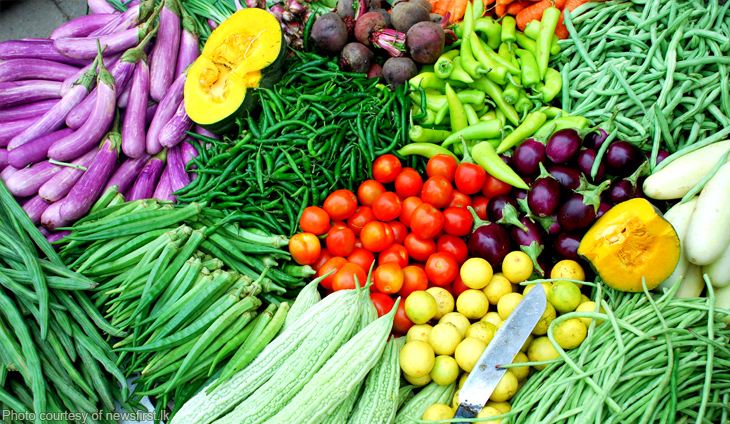D.O. Andika, M.O.A. Abukutsa, J. Mwai
School of Agricultural and Food Sciences, Jaramogi Oginga Odinga University of Science and Technology, Bondo Kenya
Department of Horticulture, Jomo Kenyatta University of Science and Technology, Kenya
Key words: Indigenous vegetables, Processing,nd quality.
 Abstract
Abstract
Indigenous vegetables form a key component of farming systems in most communities in Africa including Kenya. Its increased awareness and utilization has been attributed to its reported superior nutritional quality, medicinal value and ecological adaptability to existing weather conditions. Utilization of these vegetables among low, middle and high income earners in Kenya has improved tremendously and this calls for high quality vegetables to maintain confidence. Improved information on production methods has resulted in high production volumes hence the need for processing and storage techniques. Objective of this research was to evaluate the consumer quality attributes associated to indigenous vegetables as well as processing and storage methods being used. Structured questionnaires for producers, wholesalers and retailers were used for data collection among different categories of consumers. Storage among producers is based on natural weather conditions by use of shade and no specialized storage facilities are used. Processing of these vegetables by retailers is minimal with a few cutting the vegetables in to ready to cook product. Majority of the consumers had preference for fresh vegetables that had minimal or no blemishes. Pesticide and chemical fertilizer use was not considered much by consumers when buying these vegetables. The pertinent quality aspect of these indigenous vegetables that has a direct influence on health of consumers seems to be overlooked. The production of IVs in towns has to be monitored to avoid use of sewage water and other industrial wastes for health reasons.
Get the original articles in Source: Volume 5, Number 1, July 2014 – JBES
Journal Name: Journal of Biodiversity and Environmental Sciences (JBES)
Published By: International Network for Natural Sciences
